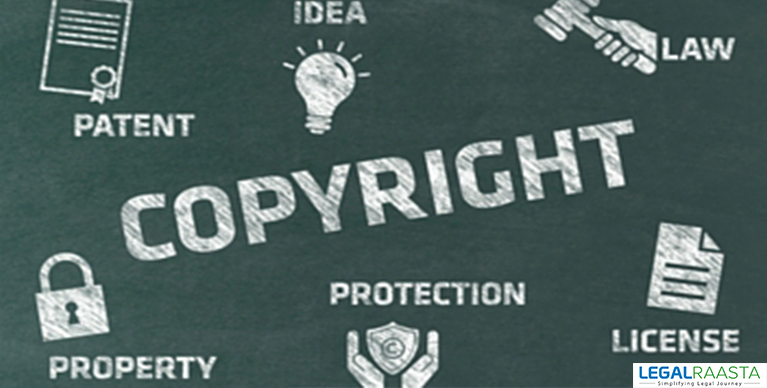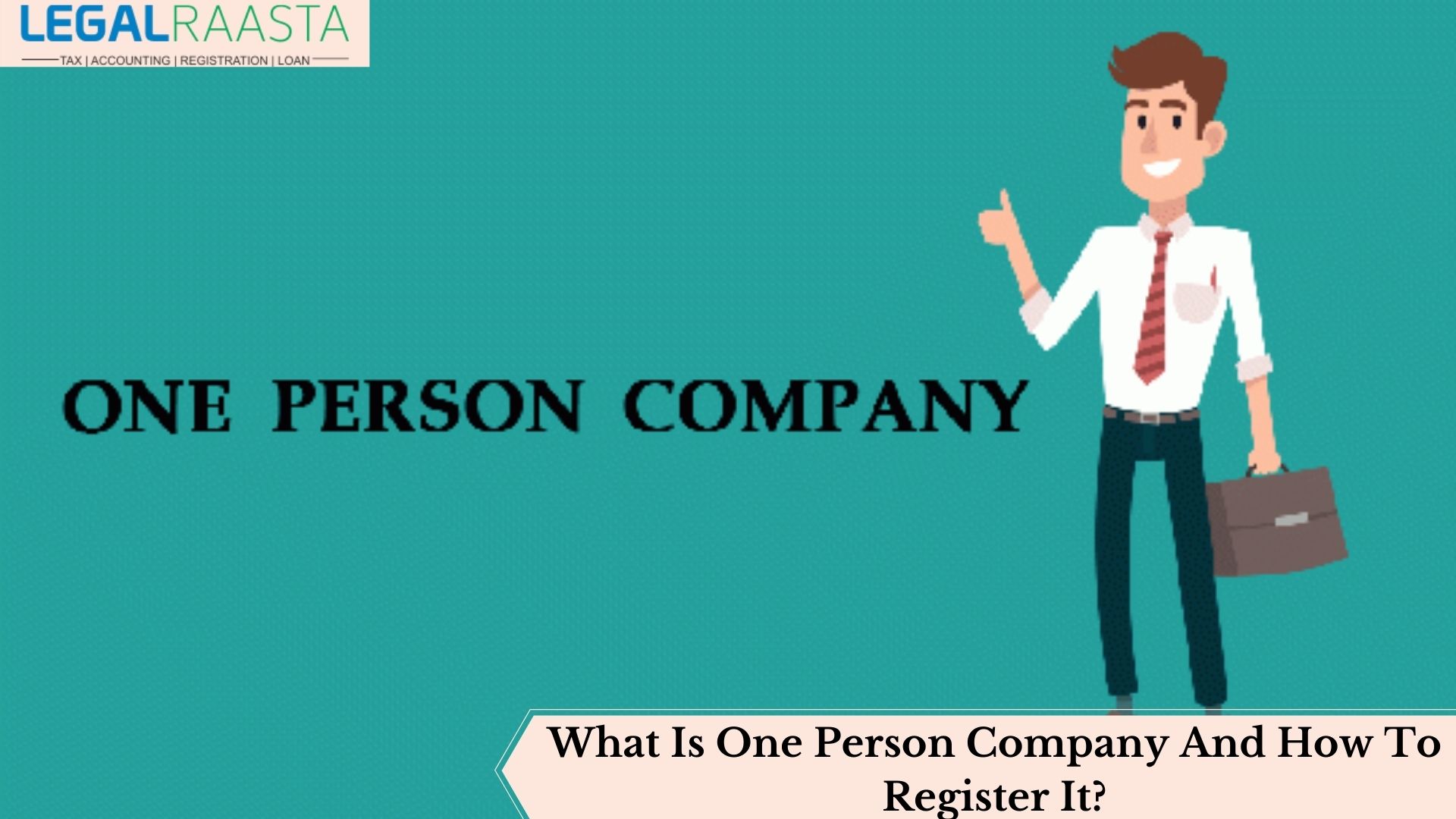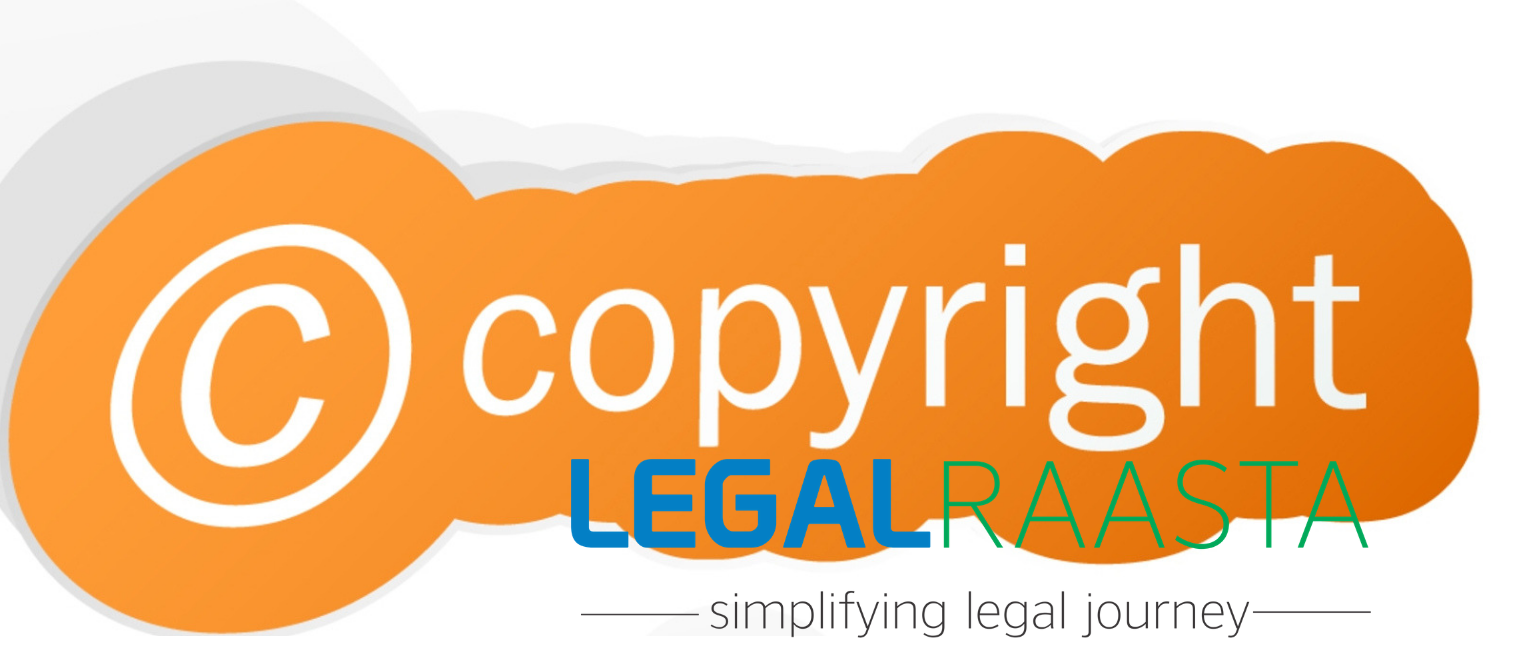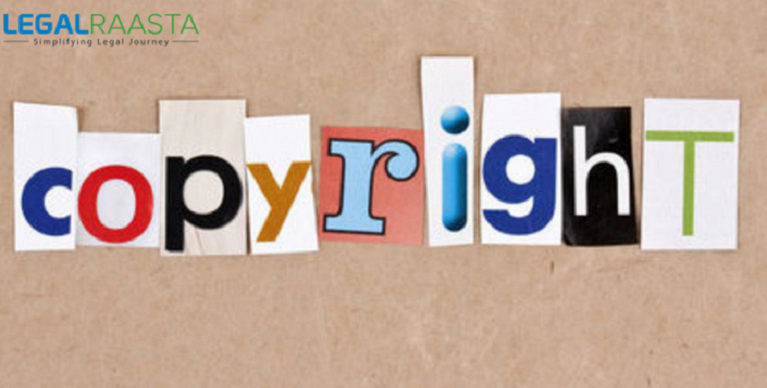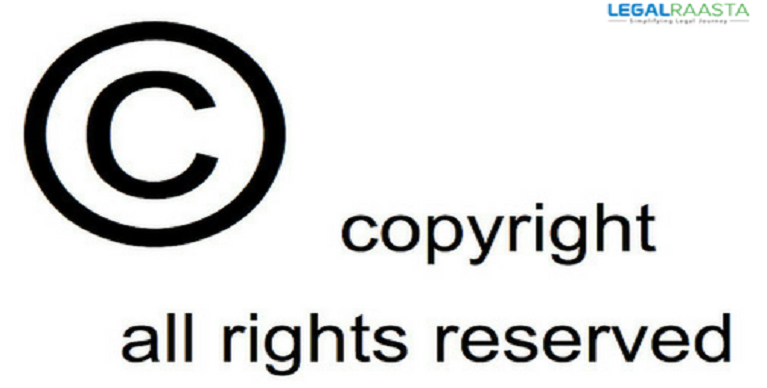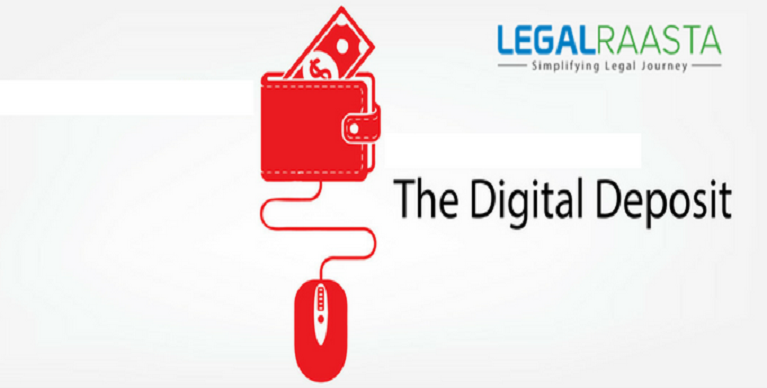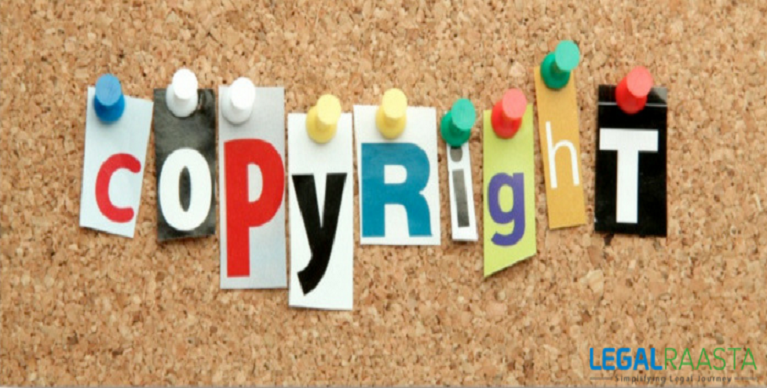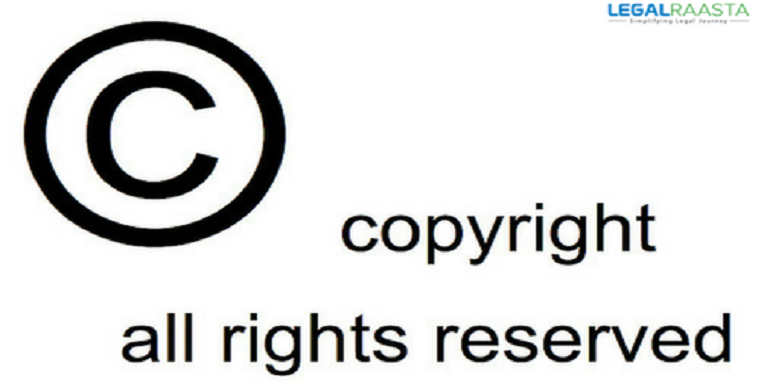What are the rights of an author under Copyright law?
Copyright was not as prominent in the past. However, as the press came, copyright came along, for the chances of copying information increased multi-folds. Before the invention of the press, copying of text was very difficult and the process was very slow as well. The generation of material was for non-monetary purposes but after press took over, monetization of the books became popular. The writers started to sell the books. But there was a hurdle in the process. The copies of books became common which was a cause of a headache for the authors. Thus the importance of copyright was felt. This led to the printing of books legally without hurting the interests of the author.
The question thus arises that ‘What basically is a copyright?’
“Copyright is an intellectual property right and is the creation of a statute.” Copyright can protect the rights of the author. The first copyright law was passed in 1914. It was based on the British legislature. The copyright law is known as the Copyright Law, 1957 which was again amended in 1999. India is also a signatory of the International Copyright Order of 1991. Subject to section 17 of Copyrights Act, the first owner of copyright is the person who is either the originator of the data or to whom the copyright has been sold.
What is copyright protection?
Since the need for protection for
copyright has increased, it is important to understand it. Copyright was created to protect the rights of the creators to prevent their data from reproduction, dissemination, display and generating profit from their work. Infringement of data for profit is a legal offense. They must pay some compensation or fees for copying the data.
Copyright protects social, legal and economic interests of the authors. The author can derive economic benefits by exploiting his works. His rights can be classified as:
- Right to reproduce work
This is the most fundamental right of the author. As far as the Copyright Law of 1957 states, the author can reproduce his work or authorize others to do so. No one other than the author can reproduce his work without his prior permission. In the case of
Star India (P) Ltd. v. Leo Burnett India (P) Ltd., the points discussed were can the works of writing be copied in cinematography. Tide came out with the logo
‘Kyon Ki Bahu Bhi Kabhi Saas Banegi’ which sparked a controversy because it resembled the title of a show
‘Kyon Ki Saas Bhi Kabhi Bahu Thi’. Held, it was against the law.
- Right to adaptation and translation of work
The author has the right to convert his work into other forms. Any work can be adopted in different forms by the author like a book can be converted in movies, play etc. or from two-dimensional form to three-dimensional form. Once the work has been adapted, the author has full right to control the production. If the ones reproducing the work want to abridge it, they need to take permission from the author.
- Right to distribute copies of work or commercial rental
It implies lease, sale, rental, lending etc. of the work to the public. Changing of possession of the copies of work by any means is distribution. It is the exclusive right of the owner of the work. The doctrine of exhaustion is applicable in this case. It states that the right of the author to distribute the copies of his work extends only to the first sale of new copies and not beyond that. However, after the exhaustion of the
copyright term, the right is lost.
- Right of public performance
Only the author of the copy has the right to public performance unless otherwise said or authorized by him. Anyone other than the author doing so without his prior consent must be heavily penalized. S/he can file a suit against any person for doing so without his consent.
- Right to broadcast work
Broadcasting means the transmission of data through wireless networks. The Indian copyright law also defines the term ‘broadcast’ as communication to the public by any means of wireless diffusion, whether in any one or more of the forms of signs, sounds or visual images; or by wire and includes a re-broadcast.
The author has additional rights to preserve and protect his moral rights. The author can protect his intellectual property under the
copyright law.

